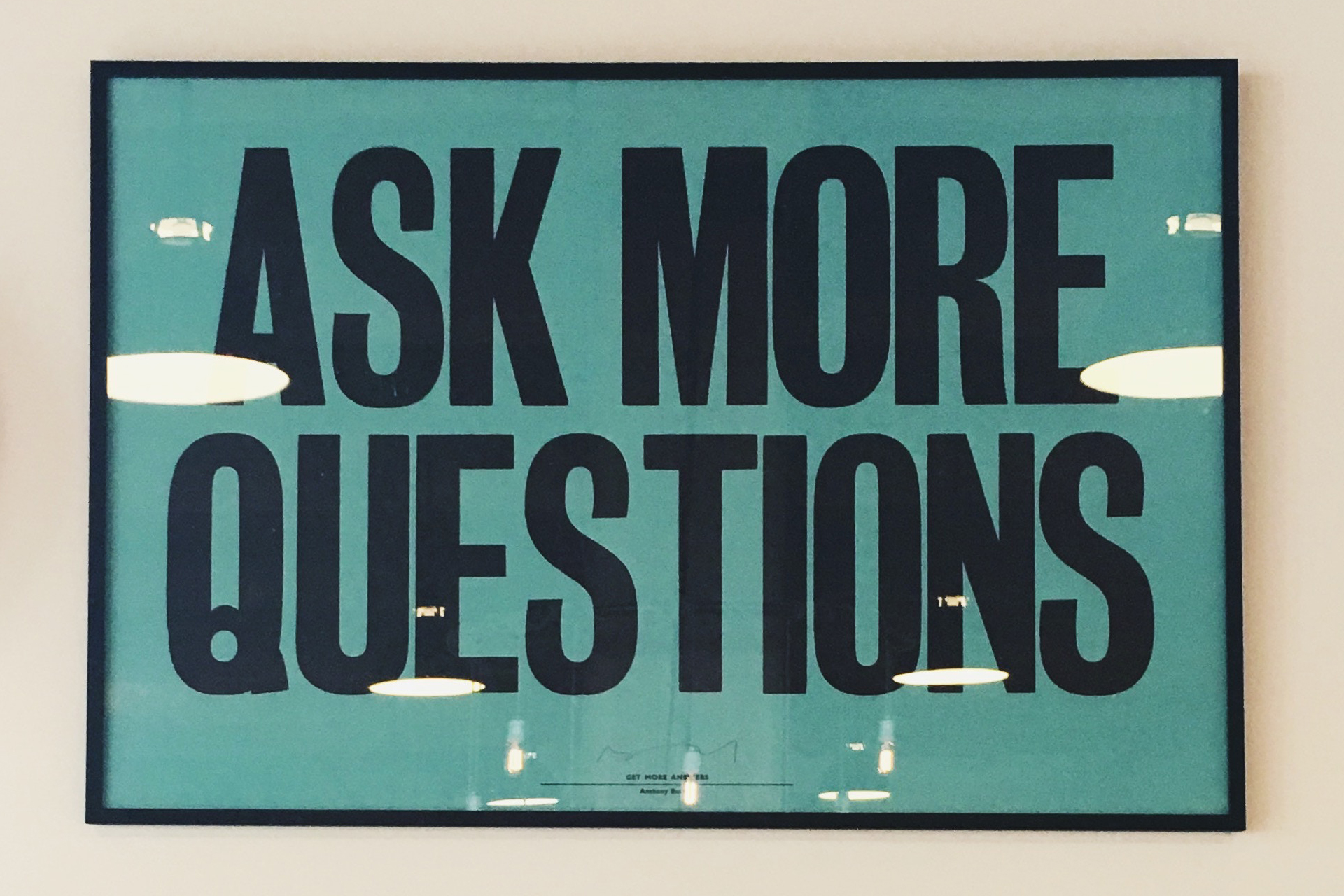The Deeper Value of Enterprise UX Designers
3 min read
Don Norman, an authority in the design thinking world, articulates so well the deeper value of designers that so many fail to see.
That we know nothing, and we know that we know we know nothing.
Let me explain.
We know nothing, and therefore, we can facilitate and propagate conversations between the people who DO know things in order to move toward problem definition and solutions. We’re free from the responsibility of interjecting our own knowledge. Instead, we can guide the conversation and pose clarifying questions to keep everyone on the same page.
It’s curiosity and the willingness to invest the time it takes to understand not only the problem, but the people who are impacted by the problem. Because it’s the people impacted by the problem who need the solution. Without understanding said people, their environment, and their culture, designed solutions could be thoughtful, scientific, and creative—yet unhelpful at the same time.
It’s the people impacted by the problem who need the solution.
Helpful solutions are contextual…
Just because a system or a solution works on paper—ahem, according to the numbers—doesn’t mean that it works for a human in their given circumstances and environment.
A solution may effectively solve the problem yet be unsustainable. What if a solution breaks down? What if the person responsible for manning the solution can’t keep up with it? Or experiences burnout as a result of working with it? Or doesn’t know how to fix it if it breaks?
…and that’s why designers ask to get in the game.
That’s why we’re passionate about design being human-centered. That’s why we want to go talk to the people using the solution we’re tasked to create. We want to understand their environment, culture, knowledge base, strengths and weaknesses, time constraints, goals, and intrinsic motivations.
Designers identify key players and gather them together.
We know nothing. Yes, we usually have domain knowledge. And that’s helpful. But we know nothing about the root problem behind the exposed problem, and neither do the domain experts, nor the product decision makers, and often times, nor do the people impacted by the problem, .
And so we gather the people: the experts, the people impacted by the problem, and the people with the power to implement proposed solutions. And then we talk. We ask questions. We ask what you mean by your answer. We ask what you believe a certain word means.
The hurdles to this process are real, but they can be cleared with a can-do attitude.
Full disclosure: this is the ideal that rarely happens.
The race to completion or pressure of marked progress blinds most clients to the value gained from investing time, money, and effort into making these conversations happen.
When the time isn’t taken upfront, true progress toward a legitimate solution takes a long time—in real-world time… not just product-to-market time. Progress can still be made, but it’s toil. It’s tilling a field with a garden hoe.
But when we earmark these nitty-gritty conversations as the flagship of the design process, momentum is inevitable.
It can happen, and that’s the real value of designers.
So our value? Yes, we can visualize the solution and build beautiful interfaces. We can, and we do. But we have more to offer. Our intangible value is in our facilitation of conversations needed to make a solution that will work for the human it’s designed for.





